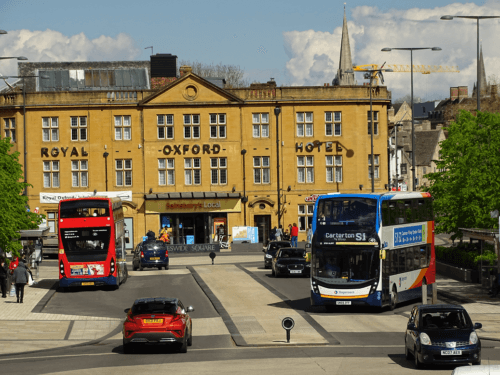
The bus industry and local authorities face a multitude of challenges for the future when it comes to speeding up services and reducing traffic and vehicle emissions. One such city is Oxford. Richard Sharman takes an in-depth look at the challenges that are being tackled
When you think of the ‘City of Dreaming Spires,’ you may be thinking of tranquil walks around university gardens, punting along the River Thames by Magdalen Bridge or some retail therapy at Westgate Oxford. The city of Oxford has plenty to do for the locals and the vast number of international and domestic tourists that visit every year, but there is one problem, and it is not going to change any time soon.
That problem is that Oxford city centre, like many other cities, is facing ever-increasing traffic problems that are affecting the ability of bus operators to move people quickly and effectively, meaning that the bus is losing its ability to gain car users.
[…]
By subscribing you will benefit from:
- Operator & Supplier Profiles
- Face-to-Face Interviews
- Lastest News
- Test Drives and Reviews
- Legal Updates
- Route Focus
- Industry Insider Opinions
- Passenger Perspective
- Vehicle Launches
- and much more!


